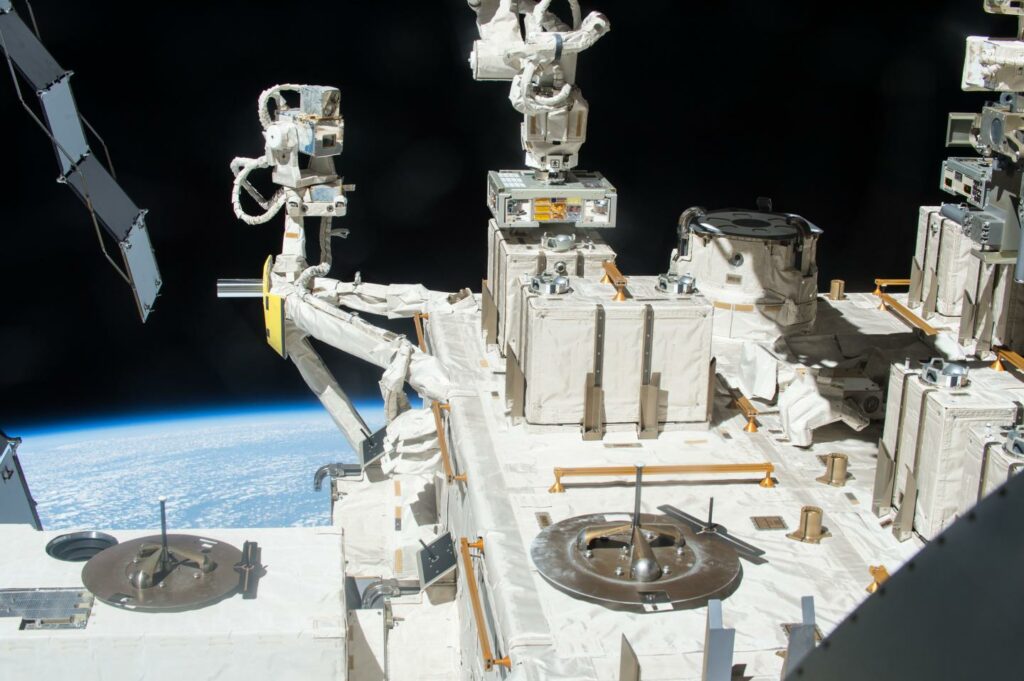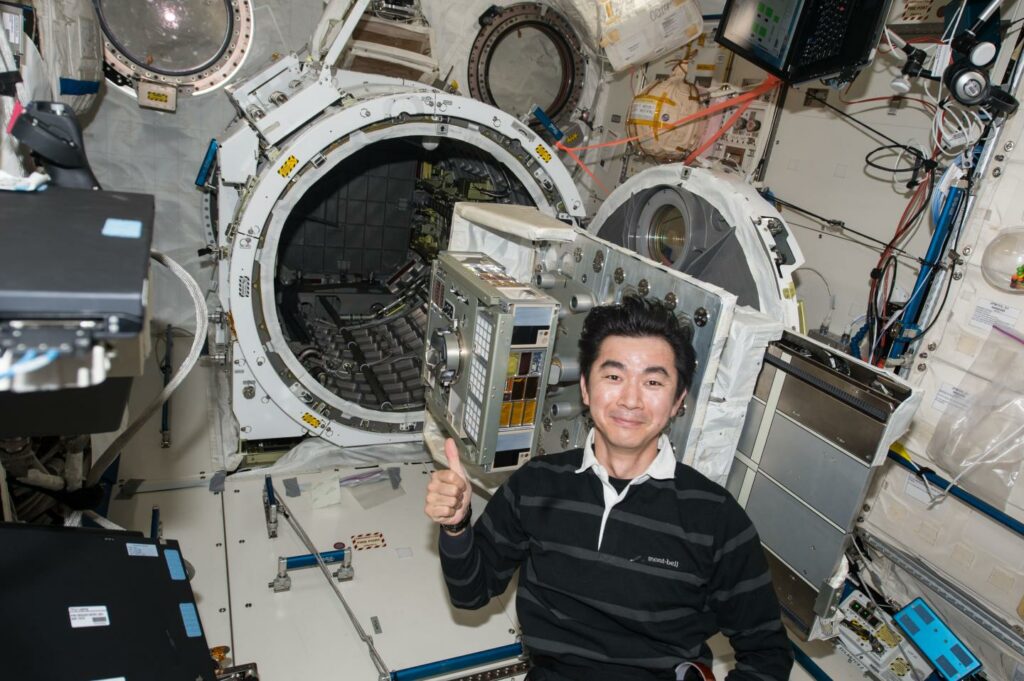
Some scientists are of the opinion that life might have not originated on this planet. Instead, it could be that microscopic organisms hitched rides on asteroids and meteorites, traveled through the cosmos, and eventually slammed into Earth, germinating life as we know it. This theory, called “panspermia”, has one obvious flaw: how could life survive in outer space long enough for it to reach a safe harbor?
Although definitely controversial, panspermia isn’t as wacky as it may sound at first glance. Japanese researchers, for instance, recently showed that some bacterial species can survive exposure to outer space, incredible as that may sound. What’s more, they may be able to do so for decades and even much more.
For Dr. Akihiko Yamagishi, a Professor at Tokyo University of Pharmacy and Life Sciences and lead author of the new study, these findings raise enticing possibilities. They suggest that panspermia may indeed be possible, which would make life much more common in the universe than previously thought.
Yamagishi’s inquiries were inspired by previous studies from 2018 when his team detected microbes floating at an altitude of up to 35 kilometers above Earth’s surface. That was pretty surprising, and the researchers naturally wondered just how high these microbes could migrate.
“If the microbes can go up to space, there may be a possibility that the microbes can be transferred from a planet to another,” Prof. Yamagishi told ZME Science.
In order to test this hypothesis, the Japanese researchers placed dried Deinococcal bacteria aggregates in exposure panels outside the International Space Station. Deinococcus are known to form relatively large colonies and be resistant to ultraviolet radiation. They were also the most abundant species found in the highest layers of Earth’s atmosphere.
This experiment wasn’t as straightforward as it sounds, though. But Yamagishi and colleagues were fortunate enough to find a solution.
“We were announced that our space experiment cannot be done because extravehicular activity is not available because of the retirement of the shuttle, while our experiment relied on extravehicular activity. But, JAXA has developed the system to expose samples to ExHAM without extravehicular activity, using robotic arms,” the researcher told me.

The bacterial samples, which had varying thicknesses, were exposed to the same environment outside the space station for one, two, or three years.
Even after three years of exposure to space, the bacteria still survived, although those at the surface of the aggregate died. On the upside, the dead surface bacteria acts like a protective layer shielding the surviving bacteria beneath.
By extrapolating survival data for aggregates larger than 0.5 millimeters in thickness, the Japanese researchers concluded that Deinococcal colonies could survive for between 15 and 45 years in a state of stasis right outside the space station.
That’s ample time for the bacteria to hitch a ride during interplanetary travel from Earth to Mars, or from Earth to Pluto for that matter.
Of course, conditions on the ISS are not the same as interplanetary space, which is why the researchers plan to conduct more experiments.
“The experiments were done at the low Earth orbit, which is about 400 km above the surface of Earth, but within the van Allen radiation belt which protects against ionization radiation. Though the ionization radiation is not expected to be harmful to our radioresistant microbe, the survival outside the van Allen radiation belt should be tested by an exposure experiment with the spacecraft or on Deep Space Gateway. We are also looking for the opportunity to search for life on Mars, building the automatic microscope to search for bacteria on Mars’ surface,” Yamagashi said.
This isn’t the first study to show that bacteria may survive in outer space — however, it provides the first bit of evidence that bacteria can survive in space as aggregates, without shielding from rock or other materials. And that’s a pretty big deal for what’s possibly one of the most important scientific inquiries out there: how did life first appear and are we alone out there?
“The origin of life is the biggest mystery of human beings. Recently, researches have revealed the scenario of an RNA world, where the RNA has appeared in nature and started replication of genetic information. However, there are a lot of arguments and missing pieces in the scenario. Especially the probability of the origin of life is totally different between scientists: Some think the origin is very rare and happened only once in the Universe, while others think the origin is very easy and can happen on every planet that is suitable for life. If panspermia is possible, life must exist much more often, in either case,” Yamagashi said.
The findings appeared in the journal Frontiers in Microbiology.


